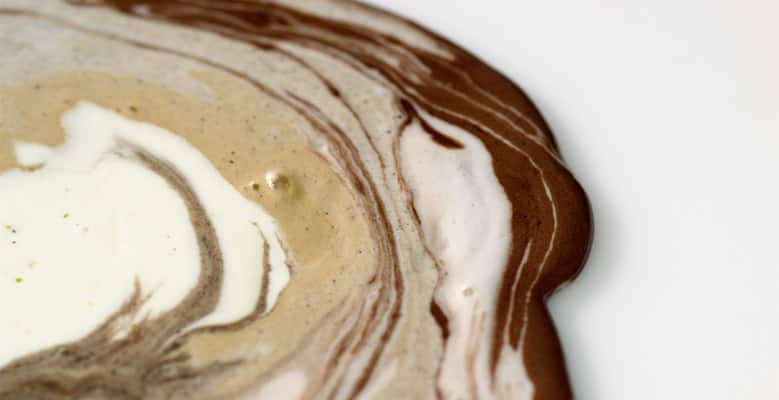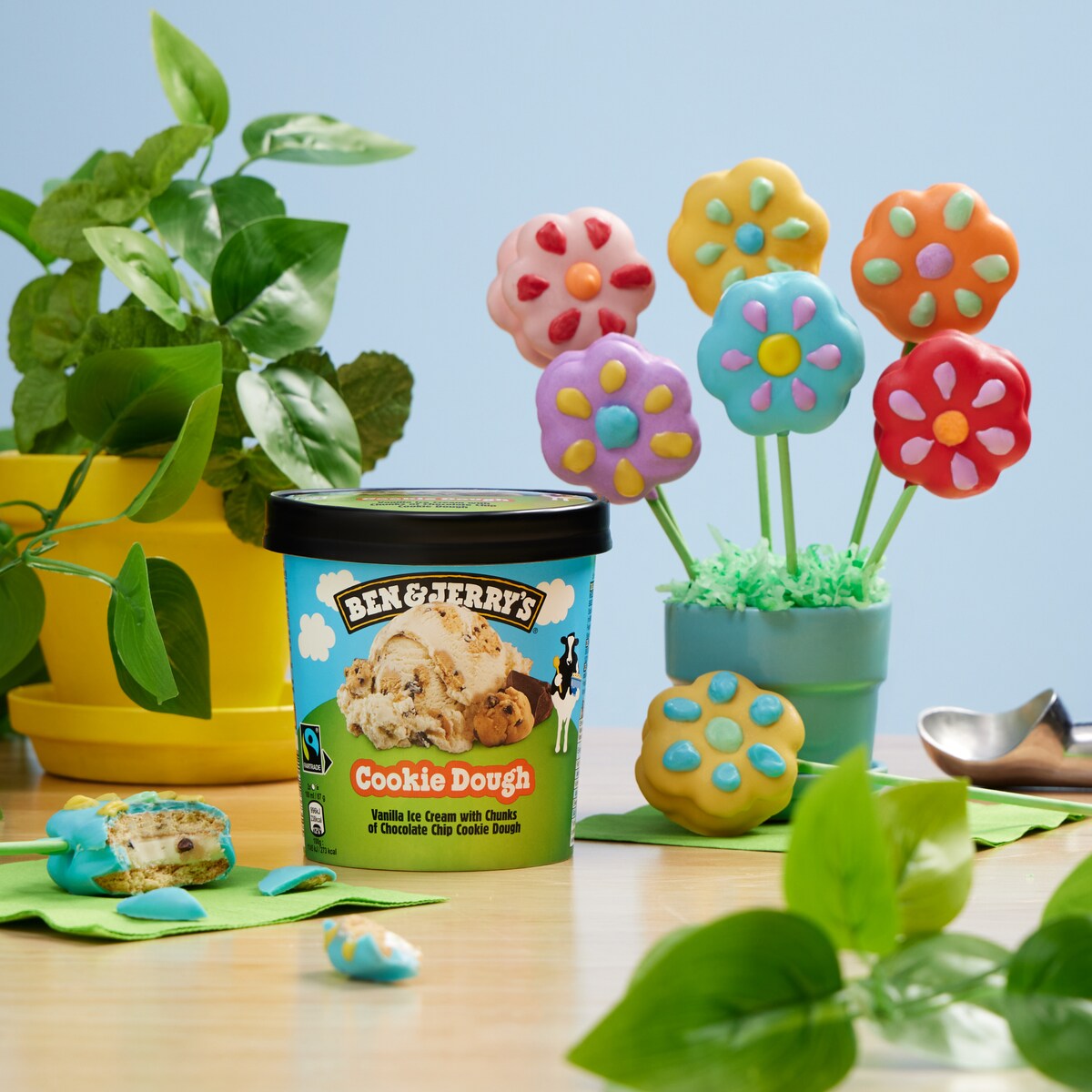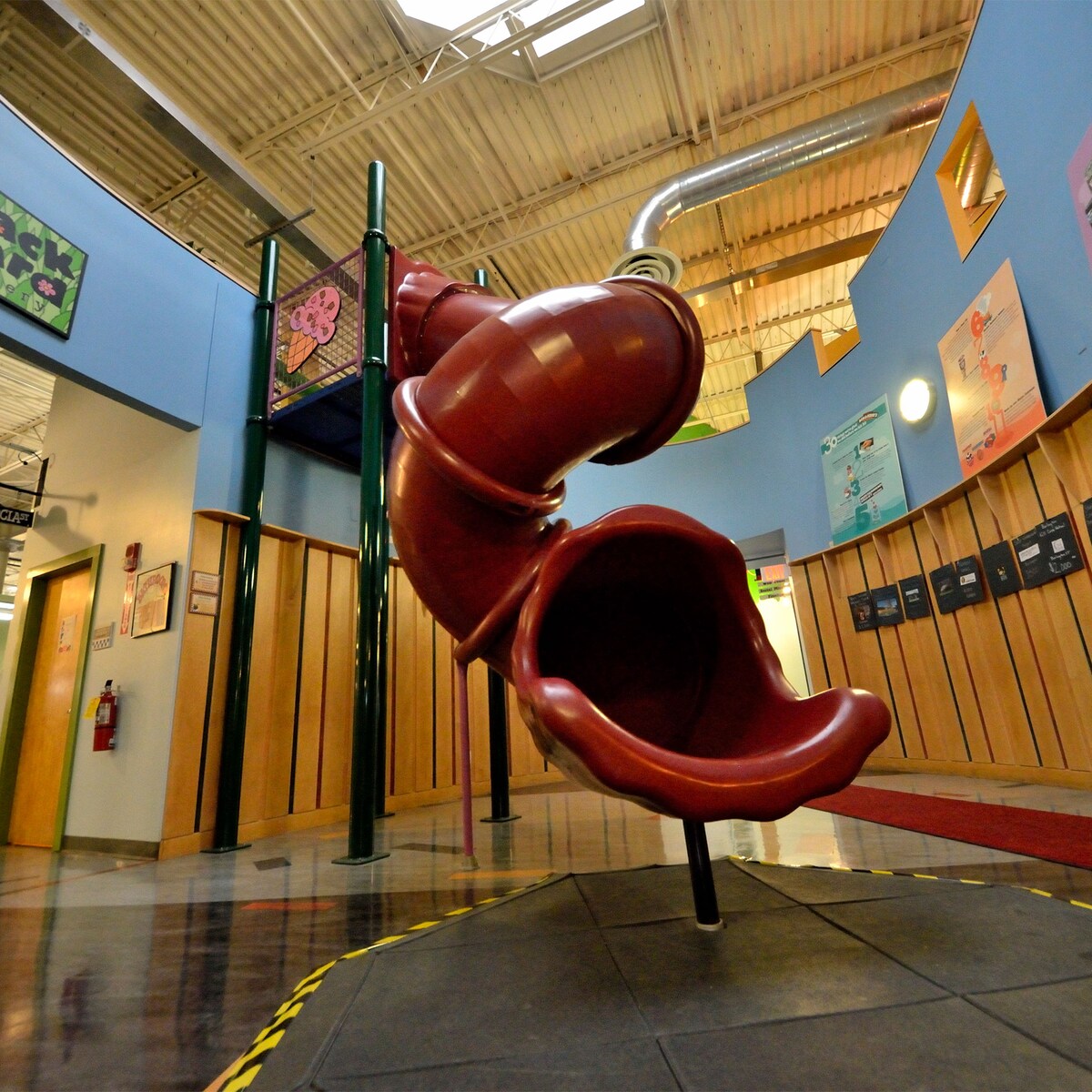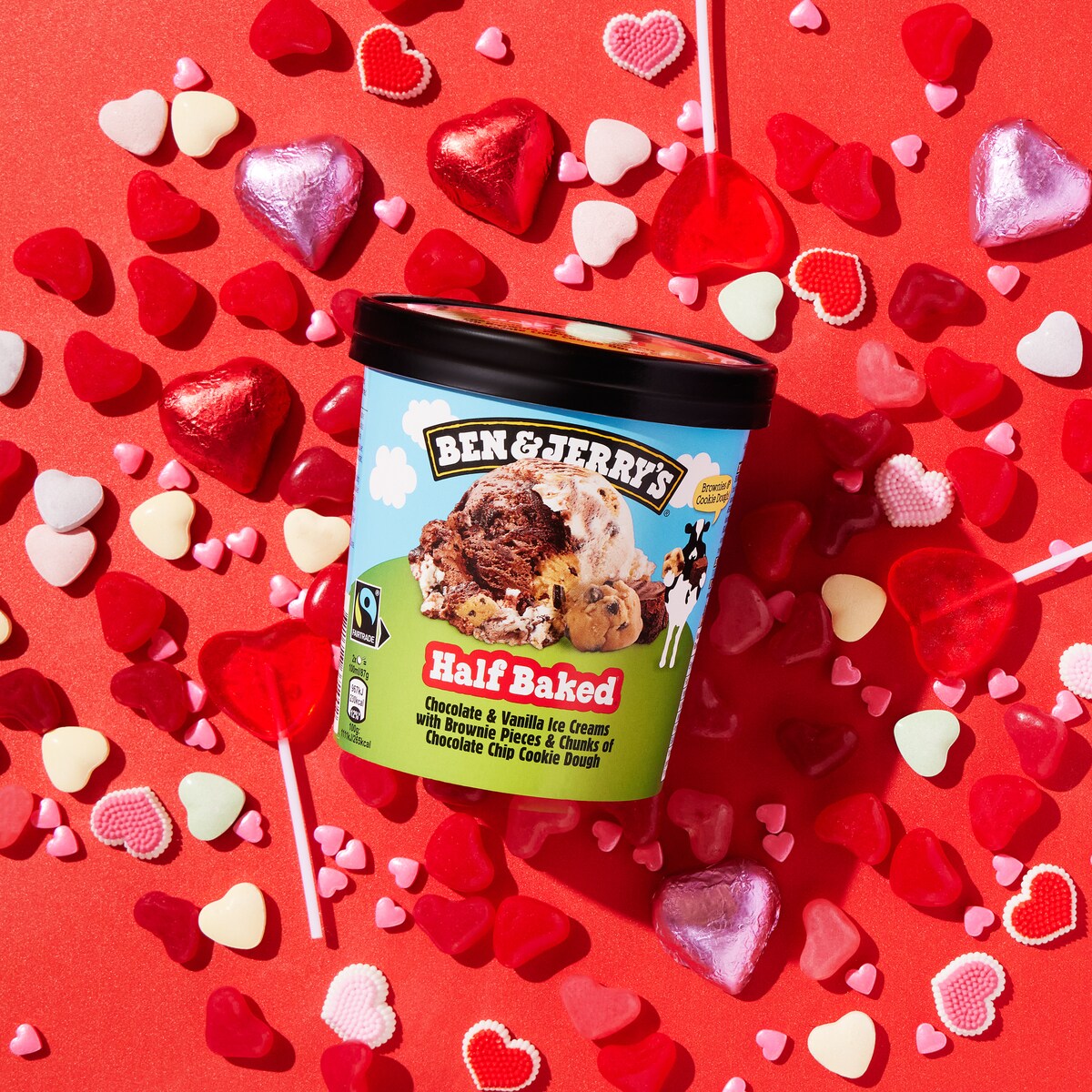26 October 2017

What’s an ice cream lover’s biggest nemesis? (No, this isn’t a cheesy joke.) Melting! That’s right, melted ice cream has been known to bring a tear to the eye of even the steeliest ice cream lover.
If it’s melted, it’s ruined, we like to say (wait, where have you heard that before?). But it turns out that there’s a heck of a lot of cool science behind melting ice cream. We chatted with our Flavour Gurus to bring you some really cool fun facts about melting that will help you get to know the foe of your favourite dessert.
1. Ice Cream Chocolate is Special.

Tell us the truth: you’ve never broken your tooth on one of our chocolate chunks, right? You have our Flavour Gurus to thank for that — they knew that frozen chocolate is hard and brittle, and isn’t actually the most delicious thing you’ve ever had. In fact, the chunks of chocolate that you find in Phish Food and Cherry Garcia and Chunky Monkey (and New York Super Fudge Chunk and . . .) are a special kind of chocolate. They’re formulated to melt at a lower temperature than a regular chocolate bar that you might pick up at the store. This ingenious trick means that they melt at a similar speed as the ice cream they’re mixed into – otherwise your ice cream would melt away in your mouth, leaving you with hard pieces of chocolate to contend with.
2. Booze Changes Everything.

Ever wonder why that bottle of vodka in your freezer doesn’t ever actually … freeze? As it turns out, alcohol totally changes the freezing point of ice cream, more drastically than any other ingredient. Add enough of it, and it will forever be a milkshake. And that is just fine by us!
3. Scoop Shop Flavours Are Big Softies.

While our Scoop Shop flavours use the same recipes as the flavours that go into pints, they get packed into big tubs that our scoopers dive into when they serve you a cone. What you didn’t know is that they’re actually formulated to be a bit softer and more spoonable so that scoopers can scoop them easily. (We tried hiring extra-muscley body builders to do the scooping, but ultimately this was easier.)
4. Science Says -12° is Where It’s At.

Some people like their ice cream so hard you need a knife to slice and dice it. Some people like it easily scoopable. And some people like ice cream soup that you can drink with a straw. But our Flavor Gurus—who know a thing or two about ice cream—are adamant that -12° to -11°C is the ideal temperature for serving Ben & Jerry’s.
5. Softening is Different From Melting.

You know how sometimes you pull a pint out of the freezer and it’s already pretty soft and scoopable? You feel secret delight at its scoopability, but a hint of fear that you may have a melting disaster on your hands? Have no fear! This does not mean that your bowl of ice cream is going to melt away at lightning speed (although feel free to gobble it up at lightning speed, just in case). Soft ice cream is not partially-melted ice cream; its composition just gives it different physical properties in its frozen state.
6. What is Melting, Really?
Prepare, there’s science ahead: ice cream is an emulsion of a whole bunch of different euphoric ingredients – cream, sugar, fruits, flavour bases, and even air. When the ice cream melts, its delicate molecular structure breaks down, and all those microscopic air bubbles escape. That’s why when you melt and then refreeze ice cream, it’s firmer and a little bit smaller on the second freeze: no air to fluff it up! But here’s an interesting fact: Ben & Jerry’s has less air than most ice cream out there—we like it rich and dense!
Do you have any great stories about melted ice cream? Share them in the comments below!


